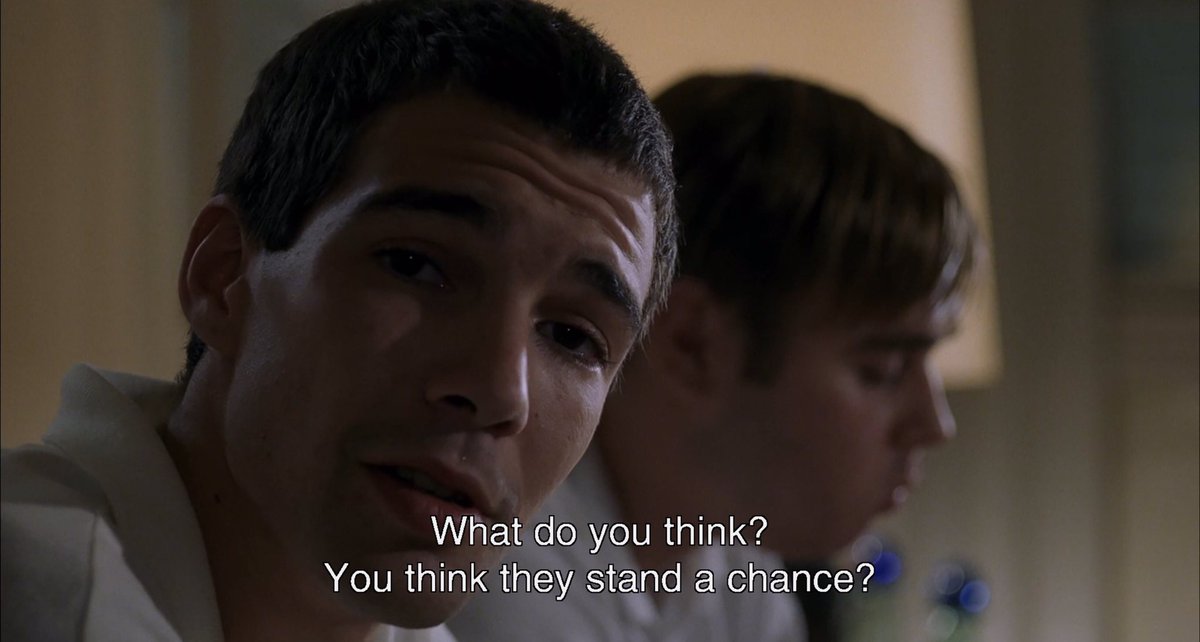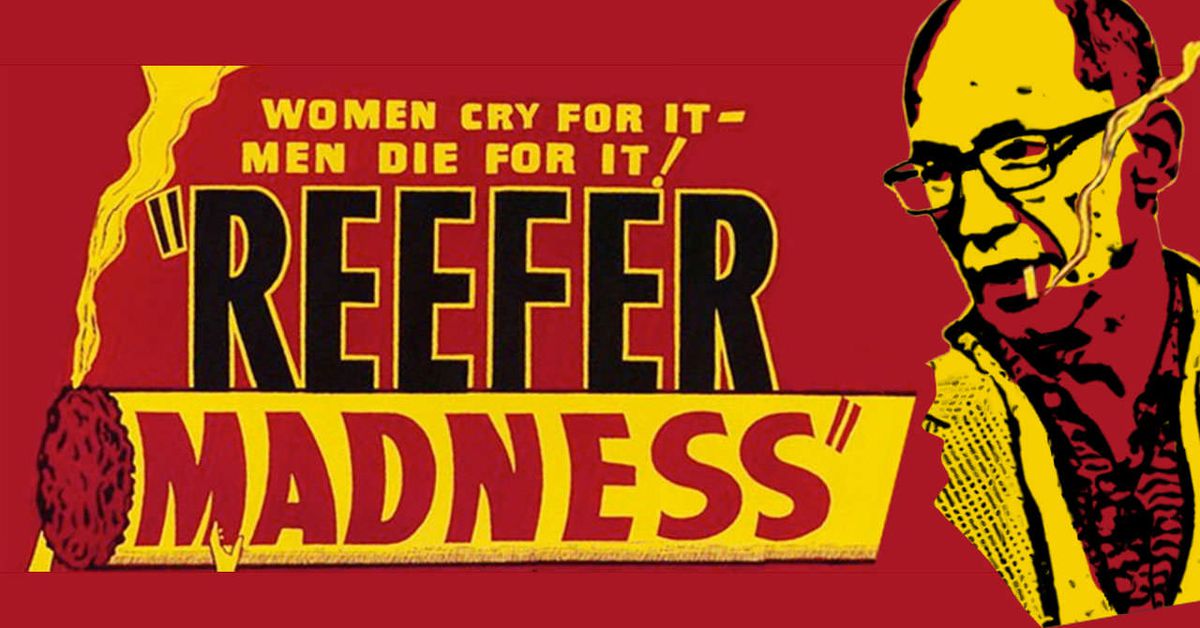From the stage to the screen, actors have been confronting and amusing audiences with direct addresses since the early 20th century.

Blurring the lines of reality and fiction has always been a popular technique with stage and film directors. Seminal Russian theatre theorist and practitioner Konstantin Stanislavski described the technique as ‘public solitude’, a state where the actors acts as they would in private in front of the public. Not only is this method of breaking the fourth wall, that is, directly addressing the audience during a fictional performance, important in comedy and children’s theatre, it has also been used with terrific effectiveness to terrify and frighten cinema-goers.
The fourth wall and its destruction was first introduced to the world of theatre. The box-sets and grandiose architecture that separated stage and audience during the 20th century were designed to give the illusion the actors were unaware of the audience’s presence. This focus on fiction and illusion made breaking the fourth wall all the more effective when it was introduced. To use it in pantomime or children’s plays, such as Peter Pan asking the audience if they believe in fairies, was one thing, but when introduced to adult audiences the technique was truly groundbreaking. Realism and naturalism was gaining popularity, and audiences had grown bored of illusions and tricks. By confronting them directly, as though they were a part of the action, theatre directors drew the audience into their pieces with newfound depth and effect.
When the idea of ‘public solitude’ was introduced to cinema, it began to realise further potential. Mary MacLane, a revolutionary author, diarist and filmmaker now sadly forgotten, spoke directly to the audience in her lost 1918 film Men Who Have Made Love To Me. The technique has been typically used to comedic effect, such as in the films of The Marx Brothers and Laurel and Hardy. More recently, the fourth wall is shattered every few minutes in popular mockumentary style shows such as The Office and Parks and Recreation.
Not only does this suit the documentary style of filmmaking, but it heightens the satirical atmosphere and lands jokes directly on the audience rather than on a character. The fourth wall was also broken in 1936’s Reefer Madness, considered one of the worst films of all time, when parents are directly warned to keep their children away from marijuana.

An original and terrifying use of the technique came with Michael Haneke’s 1997 psychological thriller Funny Games. In the film, two murderers, Peter and Paul, break into a family’s home and subject them to various torments and taunts. Peter is a relatively straightforward character in his cinematic portrayal, but Paul frequently turns to look straight down the camera lens, perhaps winking or smiling. This not only makes the audience feel they are in the scene, but leads us to becoming accomplices to the crimes. Paul even uses a remote control to rewind the film and prevent the family’s escape, and we are rendered helpless, and complicit, to his actions.
The idea of destroying a fictional setting too create a stronger relationship with the audience has also been explored in video games and literature as far back as Don Quixote. Even now, when most of the world watches YouTube for entertainment, popular channels are often based on our relationship to the YouTuber, who addresses us directly. There is no sense of fiction or any disbelief to suspend with these sorts of videos, which is why we use social media to satisfy our craving for connection.
We will always feel more deeply when we are affected personally. By breaking the fourth wall in film, cinema and literature, artists encourage every consumer to feel personally dressed whether or not the subject matter can relate to their lives or not. Though the technique is overused now in the long lists of Netflix shows and endless content released daily on YouTube, the revolutionary connection between audience and performer can not be denied as one of the most important discoveries in performance-based art.
Subscribe to FIB’s Weekly Alchemy Report for your weekly dose of music, fashion and pop culture news!







